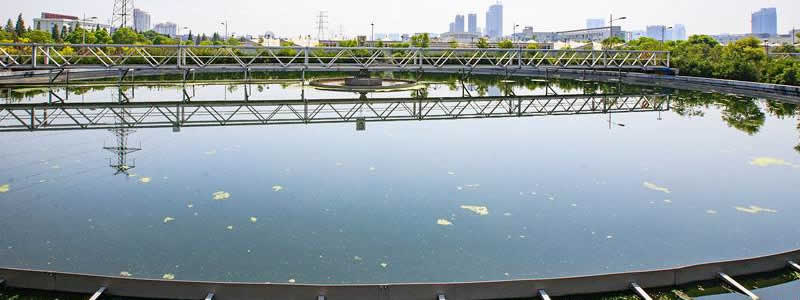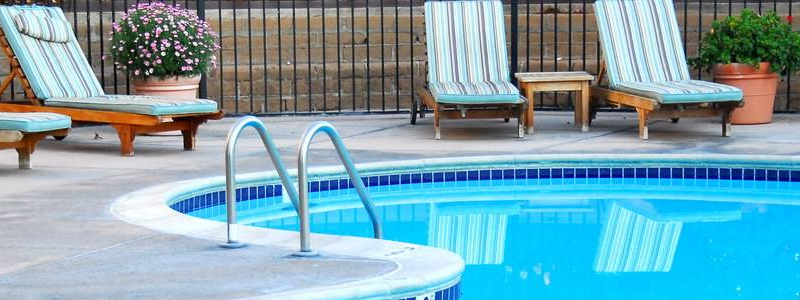
Sodium polyacrylate
Sodium polyacrylate is a new type of functional polymer materials and important chemical products. Solid products are white (or light yellow) lumps or powders, and liquid products are colorless (or light yellow) viscous liquids. It is soluble in cold water, warm water, glycerin, propylene glycol and other media. It is stable to temperature changes, has the effect of fixing metal ions, can prevent the negative effect of metal ions on products, and is a surfactant with a variety of special properties.
Application
Sodium polyacrylate has different uses because of its relative molecular weight. Sodium polyacrylate (106-107) with high molecular weight is used as flocculant and super absorbent resin. Sodium polyacrylate is used as a flocculant in the following areas: natural water clarification, removal of phosphate in sewage, separation of red mud from alumina, and use as a soil amendment. Sodium polyacrylate water-absorbent polymer is a new type of functional polymer material widely developed and researched at home and abroad in recent years. It is a kind of strong hydrophilic polymer compound with a loose network structure and low cross-linking degree. Water absorption and water retention performance, non-toxic and odorless, widely used in medical and health, petrochemical and soil water retention. Medium relative molecular weight sodium polyacrylate (104 ~ 106) can be used as thickener and water retention agent, low relative molecular weight sodium polyacrylate (103 ~ 104) can be used as dispersant and scale inhibitor, ultra-relatively low molecular weight ( 700) The use of sodium polyacrylate has not yet been fully developed.
Application field
Sanitary napkins, which absorb water.
Water-based paint, play a dispersing role;
Textile printing and dyeing auxiliary, play the role of slurry dispersion;
Auxiliary of ceramic processing, which plays a dispersing role;
As a washing aid in detergents, it has a dispersion effect; anti-fouling redeposition effect and thickening effect;
Crystal mud, which can absorb water.
Process route and its synthesis method
The production process of sodium polyacrylate.
1. Aggregation method
Firstly, acrylic acid and caustic soda are reacted to produce sodium acrylate monomer, and then the monomer is polymerized into sodium polyacrylate under the trigger of persulfate and reducing agent.
2. Neutralization Law
First, acrylic acid is polymerized into polyacrylic acid under the action of a redox agent, and then polyacrylic acid is neutralized with caustic soda to produce sodium polyacrylate.
3. Saponification method
First, methyl acrylate is formed by the reaction of acrylic acid and methanol, and the suspension or latex after polymerization of methyl acrylate is heated in an aqueous solution of sodium hydroxide to prepare sodium polyacrylate.
4. Hydrolysis method
First, acrylamide is polymerized to produce polyacrylamide, and then polyacrylamide is hydrolyzed to produce sodium polyacrylate under alkaline conditions. Sources: Organized from the Internet.
Keywords: Sodium Polyacrylate, SAP, superabsorbent resin, superabsorbent polymer
For more informations, or inquiry, please contact us TIAN@CHEM.NET.
 Previous
Previous  Next
Next Get answers and advice from people you want it from.